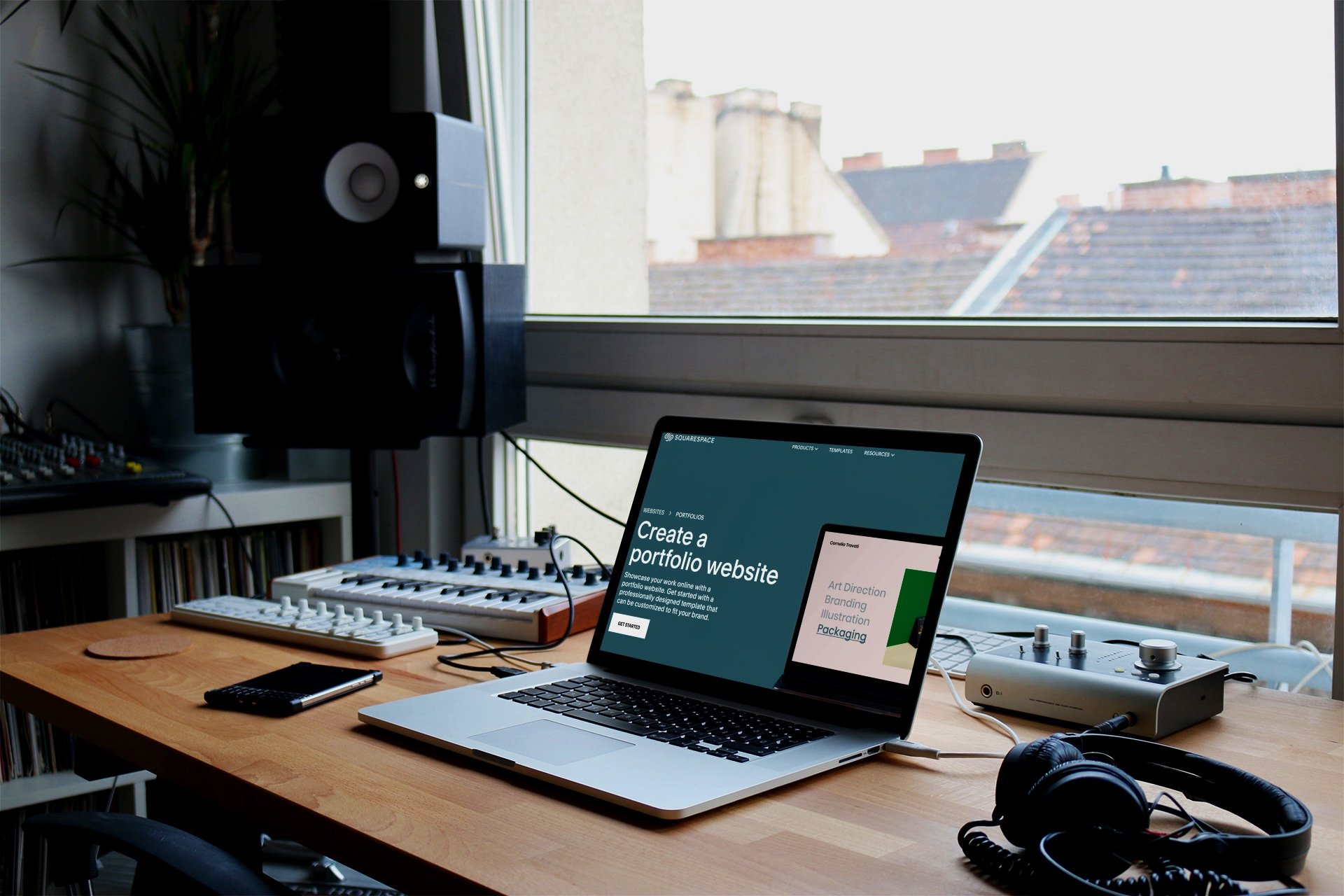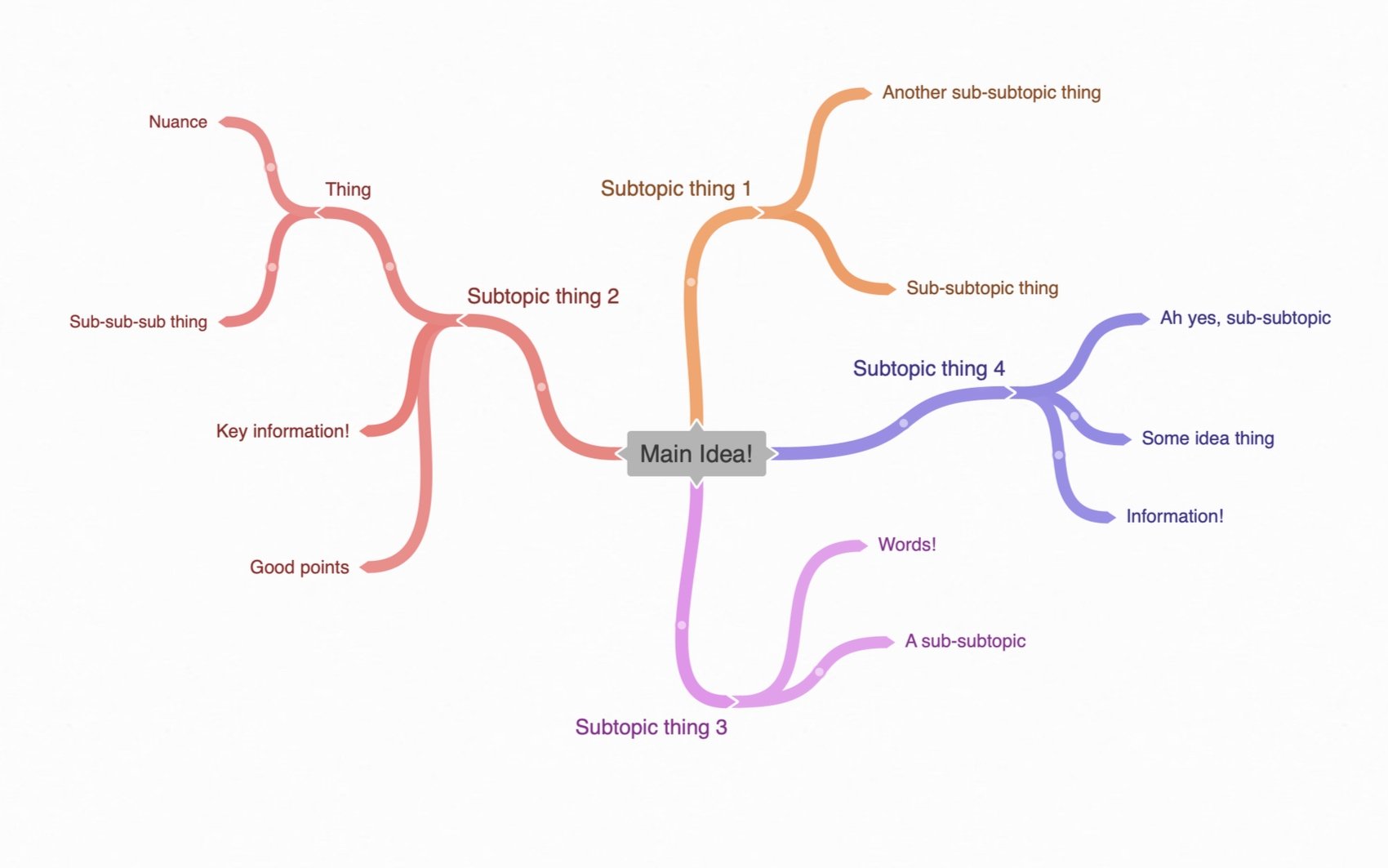Ear Candy + Nuances In Music (12 tips for more dynamic songs)
Ear candy. Songwriting dynamics. Musical je ne sais quoi. These are the moments that create the memorable nuances in music that we all know and love.
They can be subtle and sometimes the average listener may not even realize they’re there. But their role is powerful. They have the potential to take a song from flat to epic.
From predictable to a dynamic story that keeps the reader fully engaged.
So welcome to my post on making ear candies and other musical nuances. Let’s learn how to make a song more dynamic.
But first, some definitions.
What Is Ear Candy? Defining Nuances In Music
What is ear candy? It’s a bit of a music production buzzword and is easy to imagine in music – after learning what it means. So let’s start there.
Ear candy is a type of musical nuance that adds dynamics, intrigue and memorable moments to a track.
These nuances can keep the listener interested and also let them know that transitions are coming, that the chorus has started or that particular words and lyrics are more important.
The tips in this post are essentially examples of common ear candies that will take your music to the next level.
So keep reading to learn what they are (and how to use them).
Why Songwriting Dynamics Matter: X Benefits of Using Ear Candy
Before we discuss the different ear candies and nuances we can use in our music, let’s review a few of the benefits to using them.
The benefits of strong songwriting dynamics are:
Your music will be more memorable
Your music will stand out more
The quality of your tracks will be enhanced
You’ll become a stronger songwriter and/or producer
You’ll be able to further your story highlighting certain parts and lyrics
They allow you to be more creative
How to Make A Song More Dynamic: 12 Tips for Using Ear Candy In Music Production
Now onto the good stuff: how to make ear candy and more dynamic songs.
The ideas below are some of the top tips for capturing musical nuances, but really, the sky's the limit here. Or rather, your own creativity is the limit.
So definitely use these tips – but take things further and think outside the box. What else could be ear candy or musical nuances? The world is our musical oyster, so to speak.
1. Create Tension With Risers + Downers
Building tension is crucial for a dynamic song. It’s like storytelling – it makes your song ebb and flow in amazing ways.
One of the best ways to create tension is by using risers or downers.
Like they sound, risers create a feeling of swelling or buildup with an increase in volume and tension. We can build up and cut the risers off at the drop using automation.
This video from Make Pop Music discusses this effect in more detail if you’d like to learn more (I’ll be referencing this video more below since he explains many of these nuances so well).
2. Use Reverse Reverbs for MIDI + Vocals
Reverse reverbs create a similar effect to risers and downers. And we can use drums crashes, synths and MIDI or even our voice.
Here’s a quick rundown on this trick (which I use in pretty much every song I write and produce):
If using audio, bounce the track part you’ll be reversing into MIDI
Add reverb to the MIDI track section
Reverse the MIDI region
Cut the track and add automation to build up and drop off where you want
Finish with the original track (not reversed) but automated down (*Optional)
The exact process can vary slightly depending on which DAW you use, but you can learn more about using reverse reverbs here.
3. Use Silence
Silence is powerful. Adding moments of intentional silence can really highlight certain lyrics, instrumentations and nuances in a song.
There’s a quote that goes “Music is the silence between the notes.”
So play with moments of pause, and see hear how they can bring new meaning and dynamics to your music.
4. Play With Panning
Panning adds a lot of width to your mix. It’s a crucial technique for developing your song, but something that can go unnoticed by the listener.
But we can play with things more than just doubling up vocals and panning octaves and harmonies left and right, for example.
We can alternate quarter notes panned left and right, creating an oscillating effect.
Alternatively, we could do something engaging, like using vocals between the left and right ears as if they were having a conversation with each other – and the listener right in the middle of it all.
5. Use Modulation + Wave Manipulations
Modulation can impact and add movement, dimension and depth to your sounds.
And playing with the different wave types can drastically change the sound.
Your DAW should have a variety of built-in modulation effects to play with. So check these out and test the effects they have on different sounds and instruments.
Have some fun – no rules! (just be intentional)
6. Use Vocal Throws
Vocal throws are basically a vocal echo. The echoed voice often has a lot of reverbs and processing on it to give it a different nuanced effect.
These can add a lot of intrigue to the silent moments in between verses and vocal lines.
I think the key here (as with any of these ideas) is to use a little, sometimes – but don’t overdo it. Be sure it makes sense to add a vocal throw (for example, to highlight a certain word or phrase).
7. Use Call + Responses
Call and responses add a sort of communication element to your music.
Essentially, you have a sound, vocal or musically nuanced moment, and then there’s an echo of that sound as a response.
This response may have the same tonal characteristics and melody – or it may be completely different, as if furthering the musical conversation or highlighting some instrumentation.
Again, you can play with panning, delays and reverbs here.
8. Use Automation
I’ve mentioned automation a few times in this list already, but it also stands on its own.
Actually, I can’t imagine producing a song without using automation. It’s essential for creating tension, building up important moments and cutting off sounds and reverbs (not to mention making your life easier as a producer).
I won’t go into a full tutorial on automation here and the different ways you can use it. But here’s an article from iZotope to learn a bit more about automation.
9. Emphasize Drops With Hits
Whenever you have an important transition in a song (for example, heading into the chorus), you’ll often want to emphasize this moment.
One way to do this is by adding big hits and layering percussion elements and tonal characteristics to create impact.
Make Pop Music talks about this trick in greater detail here (yea, the same video from tip 1) – so check it out if you’re keen to learn more!
10. Play With Dissonance, Buildups + Different Arrangements
I love dissonance. It can make any boring and generic major chord sound just so…so…good.
I also love to tease the buildup. For example, the intro and verse are full of minor chord elements and dissonant tones. But there’s automations and swelling sounds happening.
The listener is feeling like the drop is coming – it’s inevitable.
But then…it doesn’t drop. The swell returns to start, and the whole process begins. Then maybe the next time that swell starts begging for a drop, it happens.
It’s a different type of arrangement than what’s usually expected or popular.
But this trick can definitely keep the listener engaged and adds a surprising element to your music.
11. Play With Note Velocities
Manipulating your note velocity adds a much-needed human element to your music.
But this can also boost the nuance factor of your music. Especially if the velocities are drastically different from each.
For example, extremely soft notes, followed by hard hitting moments. It’s memorable and adds a lot of dynamics to your song.
12. Use Unique Sound Selections, Layering + Processing
Sound selection is an art – it’s critical.
I tend to be in the camp that songwriting comes first. But that’s not to say sound selection isn’t important – it’s crucial and can add a lot of dynamics and uniqueness to your song.
So learn your sound libraries in and out. Explore layering instruments and tones together in unique ways.
Learn how processing influences the character of your sounds.
This can be a pretty deep process, with plenty of rabbit holes to go down. So for starters, just have fun playing around in your DAW and explore how different plugins and effects influence your sounds.
Want More? Check Out These Sweet Reads!




